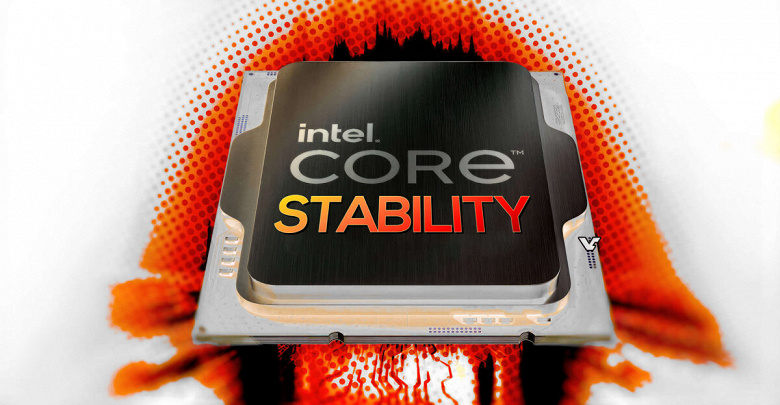But Intel has not yet found the reason itself
Intel made the first statement regarding the current situation with the slowdown of top CPUs due to problems in games and applications.
Intel has noted that this issue may be due to operating conditions outside specifications that result in persistent high voltage and frequency during periods of increased heat. Analysis of affected processors indicates that some components are experiencing variations in minimum operating voltage that may be due to operation outside Intel's specified operating conditions.
Although the root cause has not yet been determined, Intel has noticed that most reports of this issue are coming from users with unlocked overclockable motherboards.
Intel has noticed that boards based on the 600/700 series chipsets often set BIOS default settings to disable thermal and power supply protections designed to limit the processor's exposure to extended periods of high voltage and frequency, for example:
- disable Current Excursion Protection (CEP);
- turning on IccMax Unlimited;
- disable Thermal Velocity Boost (TVB) and/or Enhanced Thermal Velocity Boost (eTVB);
- additional settings that may increase the risk of system instability:
- disabling C-states;
- using Windows Ultimate Performance mode;
- increase in PL1 and PL2 beyond Intel's recommended limits.
Intel is asking system and motherboard manufacturers to provide end users with a default BIOS profile that matches Intel's recommended settings.
Intel strongly recommends that the default BIOS settings installed by the customer ensure operation within Intel's recommended settings.
In addition, Intel strongly recommends that motherboard manufacturers implement warnings for end users when using any unlocking or overclocking features.
Intel continues to actively investigate this issue to determine the root cause and will provide additional updates as relevant information becomes available.
Recall that motherboard manufacturers have already released BIOS updates that include the Intel Baseline Profile. And in some cases, the performance of a Core i9 with this profile can drop by an incredible 28%.

